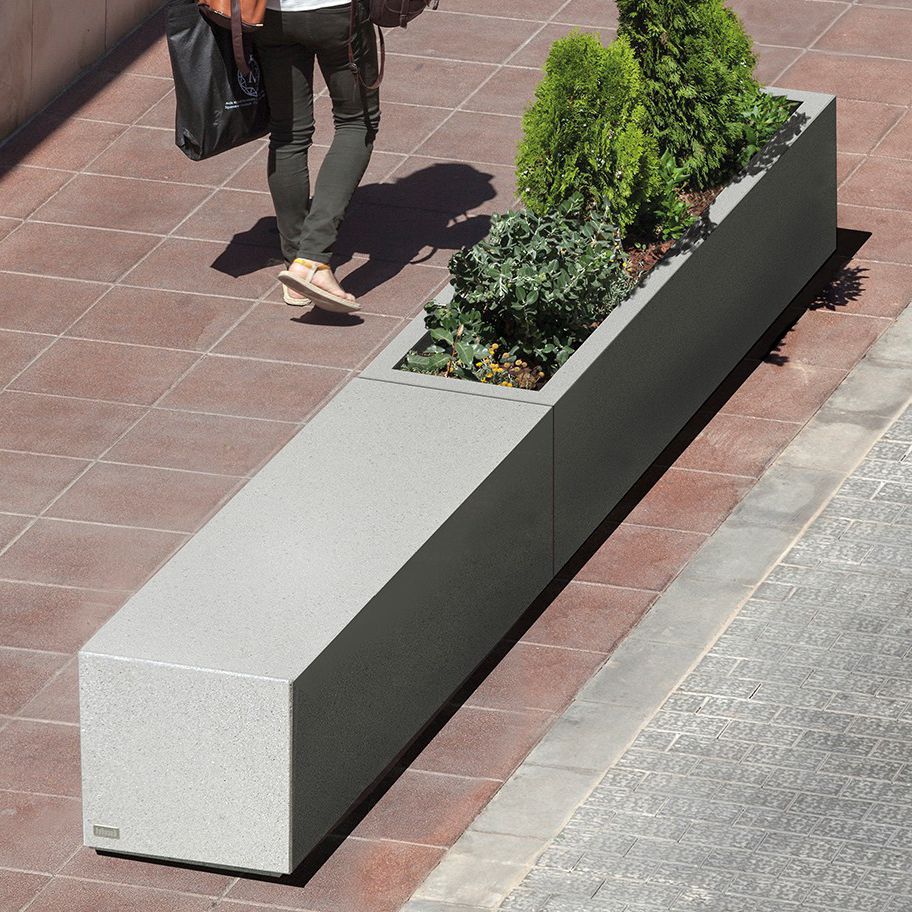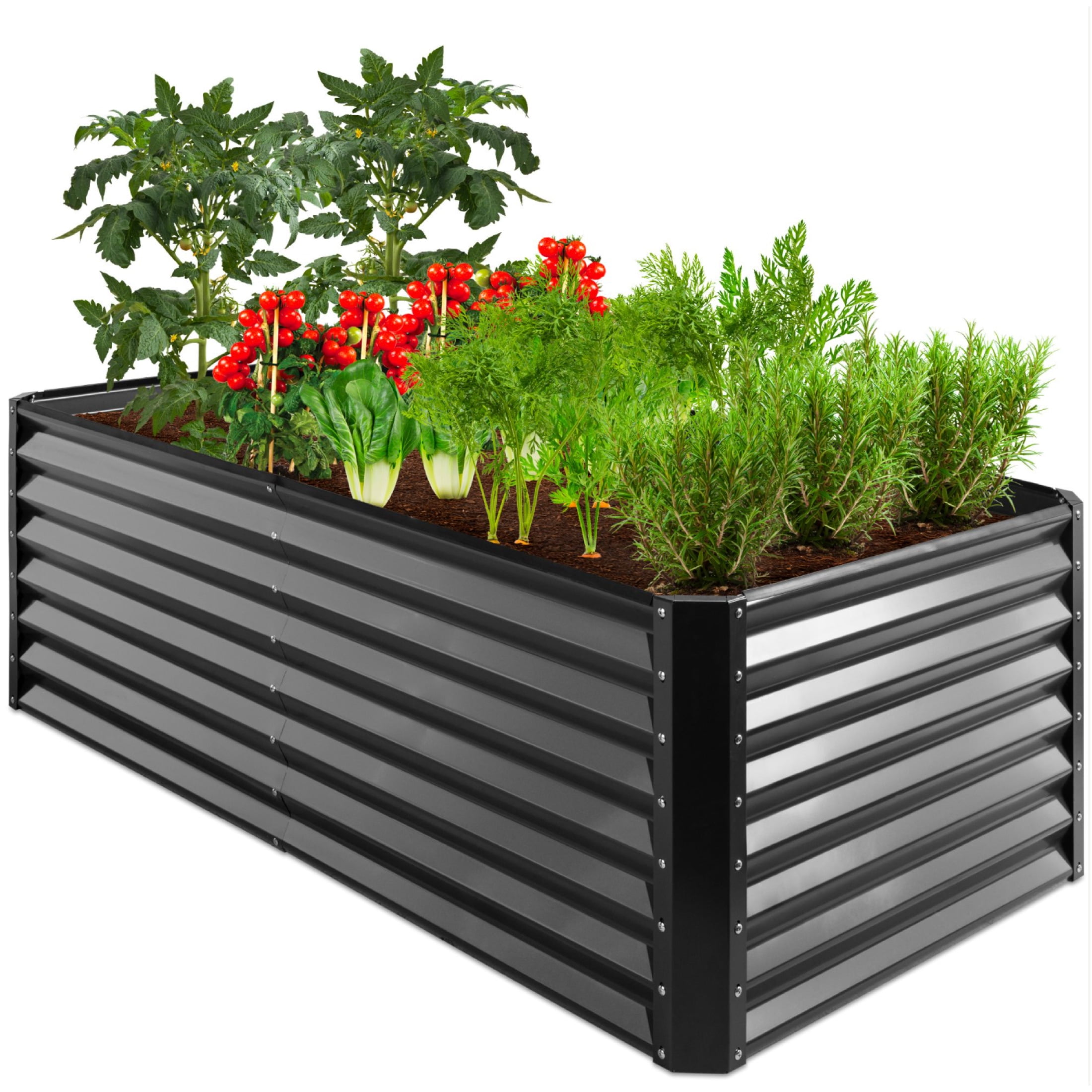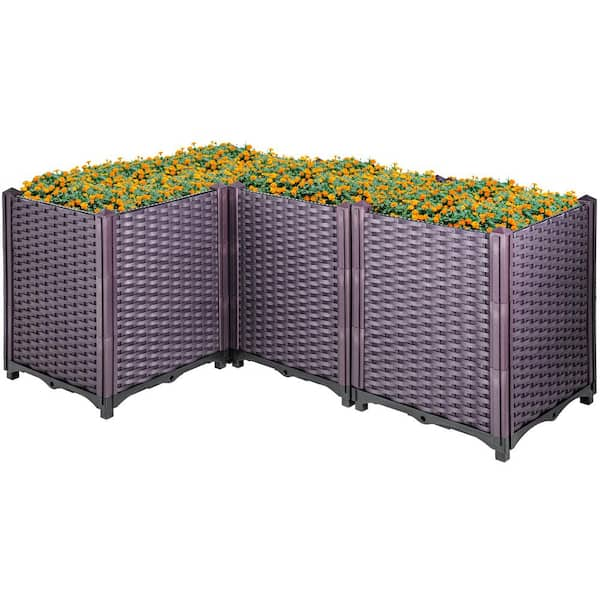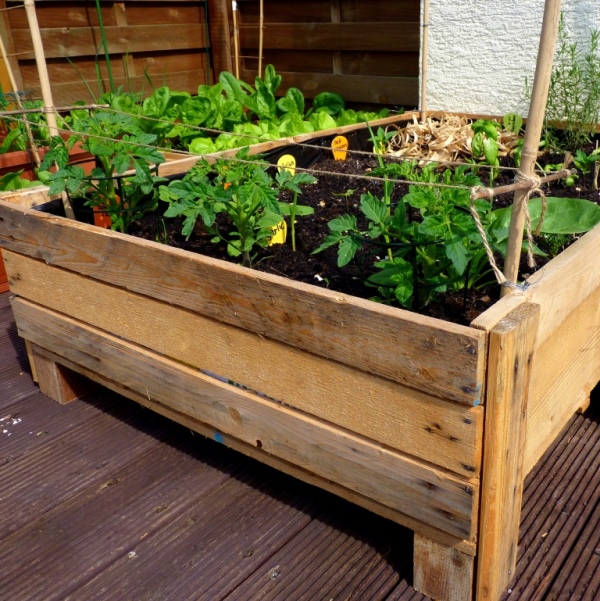The Ultimate Guide To Box Garden Planters
The Ultimate Guide to Box Garden Planters
Introduction
Box garden planters are a great way to add beauty and functionality to your yard. They can be used to grow a variety of plants, from vegetables to flowers to herbs. Box planters are also a good option for people with limited space, as they can be placed on patios, decks, or even in small gardens.
In this guide, we will discuss everything you need to know about box garden planters. We will cover topics such as:
- The different types of box garden planters
- How to choose the right size and material for your planter
- How to build your own box planter
- How to plant and care for your box garden
Types of Box Garden Planters
There are many different types of box garden planters available. They can be made from a variety of materials, including wood, plastic, and concrete. Box planters can also come in a variety of shapes and sizes.
Some of the most popular types of box garden planters include:
- Wooden planters: Wooden planters are a classic choice. They are durable and can last for many years. However, they can be more expensive than other types of planters.
- Plastic planters: Plastic planters are a more affordable option. They are also lightweight and easy to move. However, plastic planters can be more susceptible to damage from the elements.
- Concrete planters: Concrete planters are very durable and can last for many years. However, they are also the heaviest type of planter and can be difficult to move.
How to Choose the Right Size and Material for Your Planter
The size and material of your box planter will depend on a number of factors, including the type of plants you want to grow, the amount of space you have, and your budget.
If you are growing vegetables, you will need a planter that is at least 12 inches deep. This will give the roots of your plants enough room to grow. If you are growing flowers or herbs, you can get away with a shallower planter.
The material of your planter will also affect the drainage of your soil. Wood and plastic planters are both porous, which allows water to drain through the sides of the planter. Concrete planters are not porous, so you will need to be more careful about watering your plants.
How to Build Your Own Box Planter
If you are handy, you can build your own box planter. This is a great way to save money and get a planter that is exactly the size and shape you want.
There are many different plans available online for building box planters. Once you have chosen a plan, you will need to gather the necessary materials. The most common materials used for building box planters are wood, plywood, and concrete.
How to Plant and Care for Your Box Garden
Once you have built your box planter, you are ready to start planting. The first step is to add a layer of drainage material to the bottom of the planter. This can be gravel, pebbles, or even broken pieces of pottery.
Next, you will need to add a layer of potting soil. The type of potting soil you use will depend on the type of plants you are growing. For vegetables, you will need a potting soil that is high in nutrients. For flowers and herbs, you can use a more general-purpose potting soil.
Once you have added the potting soil, you are ready to plant your plants. Be sure to water your plants regularly and fertilize them as needed.
Conclusion
Box garden planters are a great way to add beauty and functionality to your yard. They are easy to care for and can be used to grow a variety of plants. If you are looking for a way to add some greenery to your home, a box garden planter is a great option.
If you're looking for a way to add some greenery to your home or garden, consider using a box garden planter. These planters are a great way to grow a variety of plants, including vegetables, herbs, and flowers. They're also a versatile option, as you can place them on your patio, deck, or even in your living room.
There are a lot of different box garden planters on the market, so it's important to do your research before you buy one. Some factors to consider include the size of the planter, the material it's made from, and the drainage holes.
Once you've chosen a planter, you'll need to prepare it for planting. This includes filling it with potting soil and adding drainage. You can then plant your favorite plants.
If you're not sure where to start, I recommend visiting Garden Wiki. This website has a wealth of information about box garden planters, including tutorials, tips, and product reviews.
FAQ of box garden planters
Q1: What are the benefits of using box garden planters?
A: There are many benefits to using box garden planters. They can:
- Provide a raised growing area that is easier to reach and maintain than traditional in-ground gardens.
- Allow you to grow plants in areas where the soil is not suitable for gardening, such as on patios or balconies.
- Help to improve drainage and aeration, which can lead to healthier plants.
- Extend the growing season by providing protection from the elements.
- Add a touch of beauty to your yard or garden.
Q2: What are the different materials that box garden planters can be made of?
A: Box garden planters can be made of a variety of materials, including wood, plastic, metal, and concrete. Each material has its own advantages and disadvantages.
- Wood: Wood planters are a popular choice because they are relatively inexpensive and easy to find. However, they can be susceptible to rot and decay, especially if they are not properly treated.
- Plastic: Plastic planters are a durable and low-maintenance option. They are also resistant to rot and decay. However, they can be more expensive than wood planters.
- Metal: Metal planters are strong and durable. They are also resistant to rot and decay. However, they can be more expensive than wood or plastic planters.
- Concrete: Concrete planters are very durable and long-lasting. However, they can be heavy and difficult to move.
Q3: What size box garden planter should I get?
A: The size of the box garden planter you need will depend on the type of plants you want to grow and the amount of space you have available.
- If you are growing small plants, such as herbs or flowers, you can get away with a smaller planter.
- If you are growing larger plants, such as tomatoes or peppers, you will need a larger planter.
- You also need to consider the depth of the planter. Most plants need at least 12 inches of soil depth to grow properly.
Q4: How do I plant a box garden planter?
A: Here are the steps on how to plant a box garden planter:
- Fill the planter with potting soil.
- Add a layer of compost or manure to the top of the soil.
- Plant your seeds or seedlings according to the instructions on the package.
- Water the plants thoroughly.
- Fertilize the plants regularly.
Q5: How do I care for a box garden planter?
A: Here are some tips on how to care for a box garden planter:
- Water the plants regularly, especially during hot weather.
- Fertilize the plants regularly.
- Mulch around the plants to help retain moisture and suppress weeds.
- Protect the plants from pests and diseases.
- Bring the planter indoors during the winter if necessary.
Image of box garden planters
- Wooden box planter: This is a classic and versatile option that can be painted or stained to match your décor. It's also a good choice for vegetable gardens, as it can be easily raised off the ground to prevent pests and diseases.

- Concrete box planter: Concrete planters are durable and low-maintenance, making them a good choice for busy gardeners. They can also be customized to fit any size or shape.

- Metal box planter: Metal planters are weather-resistant and can withstand a lot of wear and tear. They're also a good choice for coastal gardens, as they're not affected by salt air.

- Plastic box planter: Plastic planters are lightweight and easy to move, making them a good choice for patios and decks. They're also relatively inexpensive, so you can easily add a few to your garden without breaking the bank.

- Pallet box planter: Pallet planters are a great way to upcycle old pallets. They're also a relatively easy project to DIY, so you can save even more money.

Post a Comment for "The Ultimate Guide To Box Garden Planters"